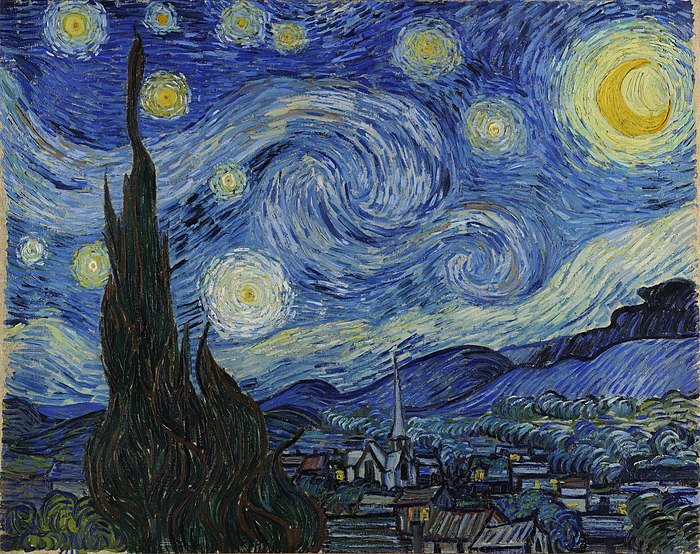Exploring the Psychology of Famous Artists and Their Creations
Art has the incredible power to evoke emotions, tell stories, and capture the essence of the human experience. Beyond the strokes of a brush, the sculpting of clay, or the words on a page lies a world of psychological exploration within famous artworks. In this journey through the canvas, we will delve into the profound depths of renowned masterpieces, deciphering the psychological aspects that make them timeless.
The Scream by Edvard Munch: An Expression of Anxiety
Edvard Munch's "The Scream" is a testament to the human experience of anxiety and existential dread. The distorted figure in the painting, set against a swirling, surrealistic backdrop, mirrors the overwhelming emotions experienced by many people. The vibrant, almost hallucinatory colors evoke a sense of urgency, inviting viewers to connect with the artist's emotional turbulence.
The Scream, 1893 by Edvard Munch
Starry Night by Vincent van Gogh: A Glimpse into Mental Turmoil
Vincent van Gogh's "Starry Night" is a window into the artist's psyche. The swirling, turbulent patterns in the sky and the vibrant colors suggest a certain restlessness and mental turmoil. Van Gogh's struggle with mental health is well-documented, and "Starry Night" serves as a poignant reflection of his inner struggles and the dichotomy between beauty and chaos.
The Starry Night, 1889 by Vincent van Gogh
Guernica by Pablo Picasso: Conveying the Horrors of War
Picasso's "Guernica" is a powerful anti-war statement that lays bare the visible horrors of conflict. The fractured, distorted forms in the painting symbolize the psychological impact of war on individuals and communities. The symbolism behind the figures and deformed animals communicates the emotional devastation caused by violence, making it a stark reminder of the psychological toll of war. When questioned about the symbolism, Picasso replied it was an "appeal to people about massacred people and animals."
Guernica, 1937 by Pablo Picasso
Girl with a Pearl Earring by Johannes Vermeer: The Enigma of Expression
Vermeer's "Girl with a Pearl Earring" is celebrated for its enigmatic beauty and the subtle emotions conveyed by the subject. The half-smile and the direct gaze of the girl invite viewers to ponder the feelings beneath the surface. The psychological allure of this artwork lies in its ability to spark curiosity about the thoughts and feelings of the subject, leaving room for interpretation and personal connection.
Girl with a Pearl Earring, 1665 by Johannes Vermeer
The Persistence of Memory by Salvador Dalí: Unraveling the Fabric of Time
Dalí's melting clocks in "The Persistence of Memory" challenge our perception of time and reality. The surrealistic landscape and drooping clocks suggest a malleable, subjective time experience. This masterpiece delves into the psychological realms of memory and temporality, inviting viewers to question their perceptions of the world.
The Persistence of Memory, 1931 by Salvador Dalí
Artwork is a portal to the human psyche, allowing us to explore the depths of emotions, fears, and aspirations. From the existential anxiety in "The Scream" to the time-bending surrealism of "The Persistence of Memory," each masterpiece provides a unique lens into the psychological landscape of its creator. As we continue to appreciate and analyze these artworks, we gain a deeper understanding of the universal aspects of the human experience that transcend time and culture.
Written by Dr. Amy Vail and Alli Fischenich






